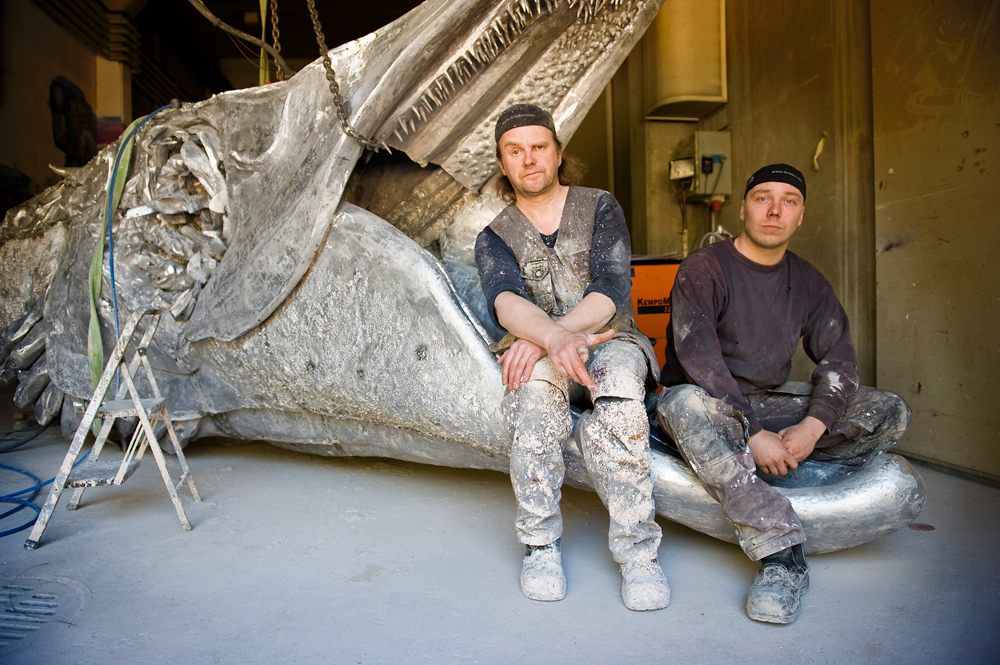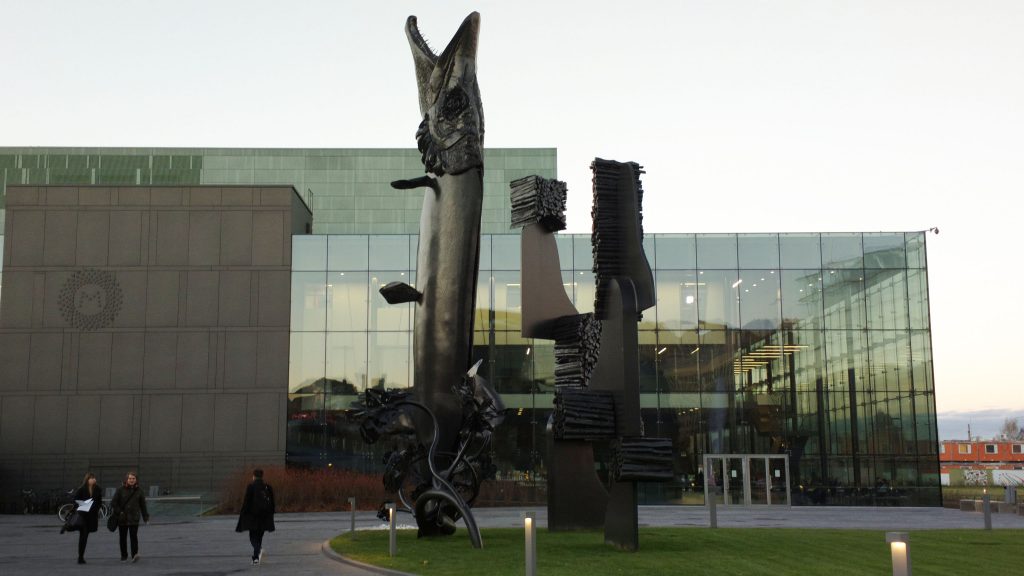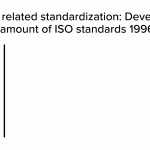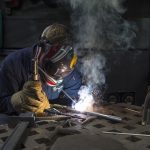A 13-meter high huge pike singing with its mouth large open now inhabits a prime area at the square in front of the Helsinki Music Centre in Helsinki, Finland. The Laulupuut (‘Song Trees’) artwork, developed by carver Reijo Hukkanen, likewise extends around the pike. The sculpture made from aluminum and steel has actually shown extremely popular. Nevertheless, both its makers and Hukkanen himself discharge a sigh of relief when it was put up in August 2012.
The totem-like sculpture includes 3 parts. The pike at the center has alder branches braided around it. Beside the pike are 2 towers made from the covers of performance grand pianos and stacks of firewood. The artwork determines 6 meters in width and 9 in length.
The making of the 50,000-tonne sculpture needed more ability and time than anybody would have believed. The head of the pike and the 5 firewood stacks were cast at the Lapinlahden Taidevalu Oy‘s foundry. This phase of the project alone took 2 years.
Effective welding with a push-pull weapon
“Welding and completing the teeth in the upper jaw of the pike took numerous days,” Tomi Sinisalo of Lapinlahden Taidevalu Oy states, clarifying the scale of the project. The head of the pike is made from 70 different cast pieces. Sinisalo remembers that 1,600 kg of plaster was utilized to make the molds. The head, weighing 700 kg, and the firewood stacks were bonded together utilizing aluminum.
Sinisalo does not attempt to think about the overall quantity of hours invested in the welding work. “We had one to 3 males dealing with the pieces for 2 years. Overall, 20 feed rolls of 1.2 mm size aluminum wire were required to finish the project,” he states. The welders’ abilities in aluminum welding established as the project advanced. “Now we are all great at welding aluminum.”
Sinisalo was among the welders who signed up with the head of the pike to its body. He was eliminated when the difficult project was finished. “It was an excellent accomplishment.” According to him, the trick behind the effective conclusion of the project was the ideal welding maker settings and persistence. “The weld joints needed to be ground and ended up to look precisely like the remainder of the sculpture, which implied that all weld beads needed to be gotten rid of. You likewise needed to be a client and provide the pieces time to cool to prevent burn-through.”
All welding was made with Kemppi’s Kempomat 3200 maker geared up with a push-pull weapon that made wire feeding more effective. Since their intro to the marketplace, the world-famous Kempomat devices have actually been popular MIG/MAG welding gadgets amongst expert welders. In 2012, Kemppi changed the Kempomat variety with the brand-new Kempact RA variety, which was acknowledged with the prominent iF item style award right after it was presented.

Jyrki Roivainen and Tommi Sinisalo dealt with the head of the pike for around 2 years. © Jenna Lehtonen/Savon Sanomat Distinct craftsmanship
The other parts of the sculpture were made at Halikko IKP Works Oy. Plater-welder Marko Yli-Tokola, who supervised the production procedure, approximates that he invested around 2 thousand hours on the project. The sides of the pike were made from a 40 mm thick sheet while the tail was made from a 20 mm thick sheet. “Most of the work needed to be done by hand. For example, I bent the tail of the pike to shape by heating up the sheet metal to a red radiance and forming it with a sledgehammer and hammer,” he describes.
Yli-Tokola likewise ended up on the sides of the fish by hand. That included making countless holes with a router. “The edge of each hole needed to be ground round to a particular step to avoid the painted surface area from splitting and triggering rusting. The objective was to produce top quality work which would be as long-lasting as possible,” he summarizes.
He states the project needed spatial understanding in addition to craftsmanship. The position of the pike was among the greatest obstacles. It grabs the skies, leaning back around 6 degrees. Due to the fact that of its height, the fish needed to be put together in a horizontal position. “The shape of the pike was challenging to picture when you were standing beside it. I needed to keep utilizing a ladder to inspect that it still had the ideal shape.”
The remarkable world of welding
Carver Reijo Hukkanen’s Laulupuut sculpture won the 2010 Helsinki Music Centre Art Competition, which got almost 800 entries overall. Hukkanen understood for his sculpture from ‘The Pike’s Song,’ a poem by Aaro Hellaakoski. It was very first released in the anthology Ice Mirror in 1928 and is among the most gone over poems in 20th-century Finnish literature. In the enigmatic verses, a fish is singing a hymn and biting on a red cone at the top of a fir tree.
The poem, which Hukkanen had actually heard on the radio as a schoolchild, returned to his mind when he was sketching entries for the competitors. “I had plenty of concepts and even made some scale designs, however absolutely nothing actually worked. Then my eyes fell on a plastic whale I had actually purchased as a keepsake at the American Museum of Natural History in New York, which was raiding the wall. I started to my other half that even fish can sing here, however, I can refrain from doing anything.” At the exact same minute, the poem about the pike returned to Hukkanen and offered him the concept for the sculpture. “Still, my concept was not to highlight the poem. The sculpture resembles a piece of knitting that ended up as a mitten thanks to all the best,” he explains.
When he was sketching the sculpture, Hukkanen was not thinking of the usefulness yet. “Thinking about the technical information early on is limiting. The time to take a seat and consider how an artwork can be produced follows the conceptualizing phase.”
Hukkanen was carefully associated with the production of the artwork. He is really impressed by the craftsmanship he experienced. “Assembly and weld joints are an essential element of the sculpture. The weld joints have their own visual qualities. That is why each joint needed to be thought about thoroughly.” He was amazed at how complicated and requiring welding work is. ‘It still appears like a wonder when 2 pieces of metal have collaborated.’ Hukkanen has actually been touched by the variety of individuals who have actually informed him about their love for Laulupuut.
Initially released in Kemppi ProNews 2013



